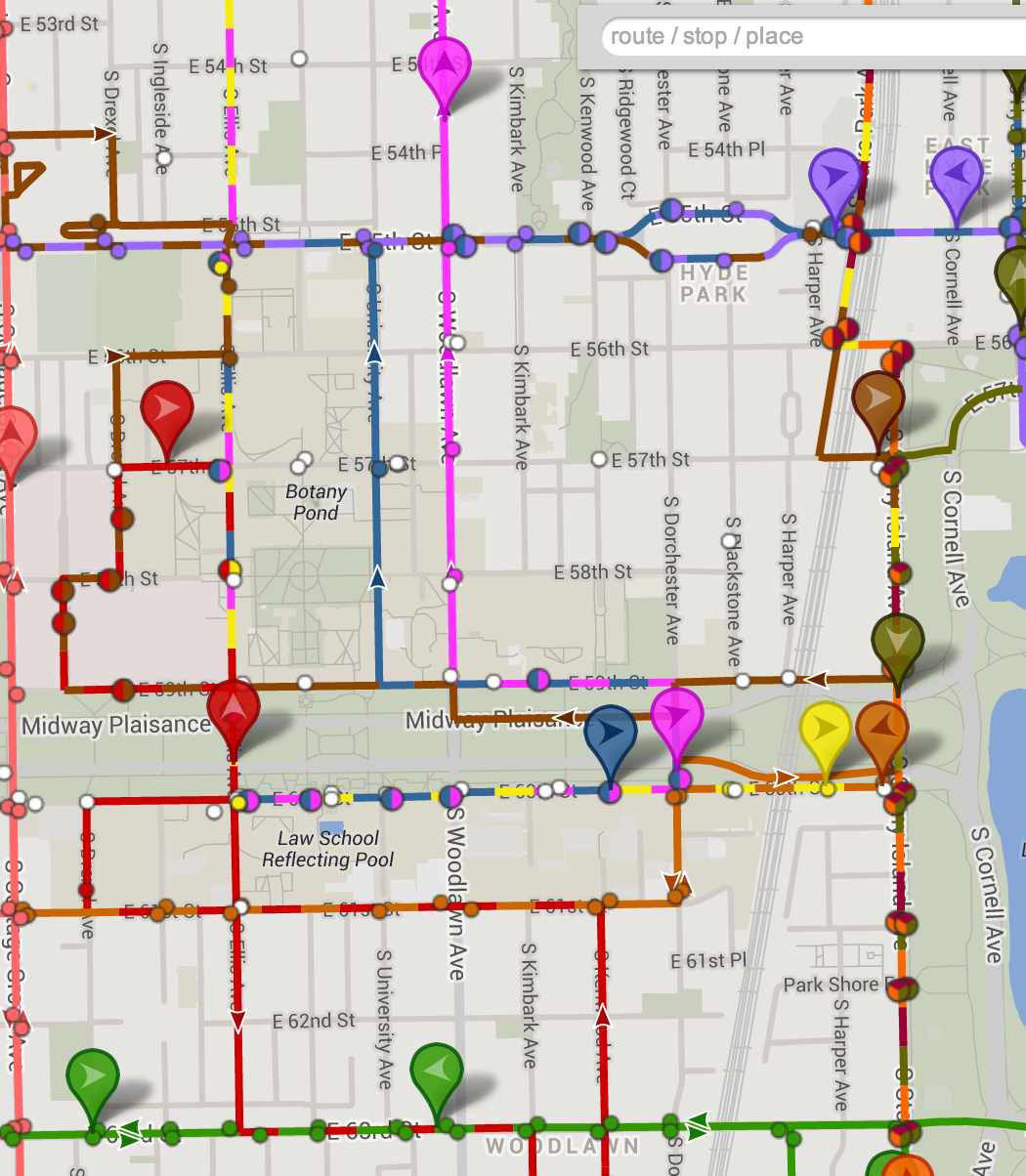
Investing in real-time bus tracking on your campus is no small decision. So finding a provider that gives accurate, reliable, accessible service is crucial. But how do you know where to start? We recommend you begin by asking 6 questions to 3 different groups of people—your campus, your potential providers, and other customers.
Ask yourself:
1) Will real-time bus tracking be valuable to students?
Start by gauging students’ interest in and need for real time bus tracking. Not only do you want to know whether your students have a need for the information, but whether making this information available would encourage them to ride the bus more often. Sending out a survey is a great way to determine this. Fairfield University, for example, sent a survey to their students asking questions like:
• “How often do you feel unsure about where the bus is?”
• “Would a website/mobile app that tracked the buses in real-time be helpful for you?”
• “If real-time data were available, would you be likely to ride the bus more often?”
When the student responses demonstrated that over 95% of respondents would like a bus tracking app or website, and over 77% of students would ride the bus more if they had it, Fairfield knew immediately it was time to start looking for a solution.
Ask your potential provider:
2) Can students receive the information in a way that works for them?
Research has shown that students prefer mobile apps over the mobile web (especially regarding location based information). In fact, when comparing apps to web browsers, 68% of students find apps faster, and 70% believe they are easier to use. So, as you examine various real time tracking options, it’s important to make sure they provide information consistent with the way students absorb it.
3) Is your hardware reliable?
GPS tracking is a complex process with many possible points of failure. Push hard to make sure your potential provider has hardware capable of withstanding harsh bus conditions (for example, bad weather, hot temperatures, impact, vibration, shock etc.). Along with having accurate, robust hardware, make sure those who install it are knowledgeable and experienced. For example, we recommend the Mobile Electronic Certified Professional (MECP) program.
4) What happens when things go wrong?
As your real-time information provider’s app is adopted by students, they’ll begin to rely on it. Glitches in the system can inconvenience students and anger riders. Having reliable hardware is the first step in avoiding this, but it’s also vital to understand what your provider will do to offer support if things go wrong. Find out how many employees they have dedicated to helping and solving problems for riders.
5) Do you have a track record of innovation?
Technology—by its very nature—gets old fast, and it’s well known that college students are extremely tech savvy. It’s vital to stay ahead of students’ needs with evolving, innovative technology. Make sure your provider has employees dedicated to staying ahead of the curve, coupled with a track record of innovation. Find out what they are investing in, and see what’s next for them.
Ask other customers:
6) How has your experience been with the service?
Before investing in any real-time tracking system, contact other campuses who use their system to find out what their experience has been. Branch out to both administration and students. If either group is unhappy, you may end up with more issues and complaints than you had to start with. So, be sure that the provider you chose will help solve, not exacerbate, the problems your agency faces.
Knowing the answers to these six questions is a great place to start in your real-time bus tracking search process. Push for in-depth responses to make sure your potential provider’s service aligns with your campus’ needs in order to find a service that works for you.